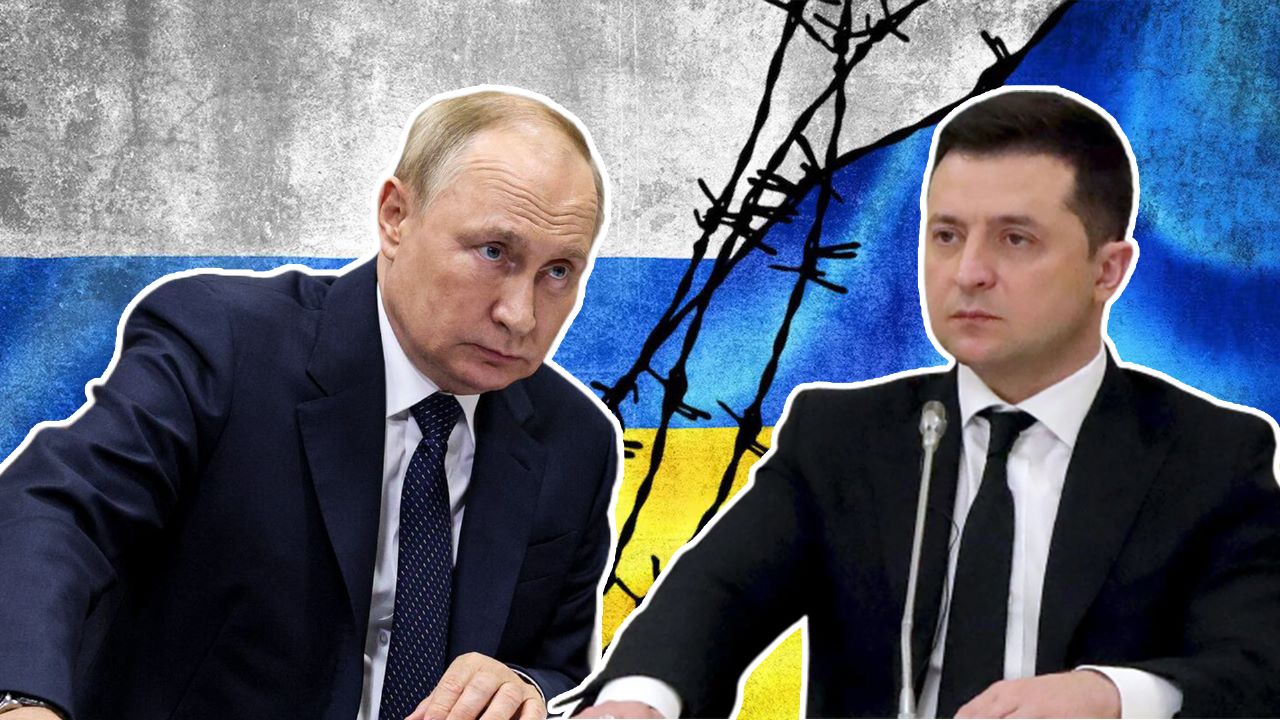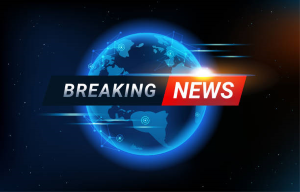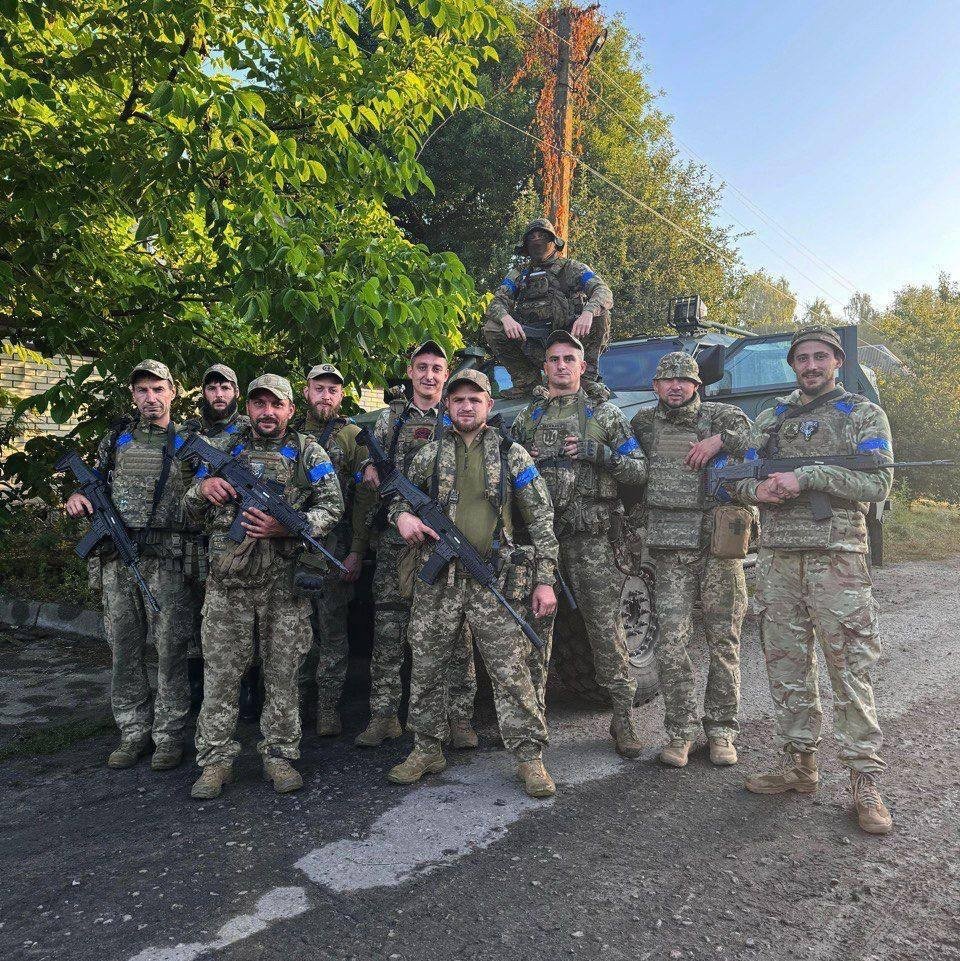Over 80 years after Nazi Germany and Soviet troops clashed in the fiercest armored battle of World War II, known as the ‘Battle of Kursk,’ a second similar battle is underway in Kursk following a surprise offensive launched by Ukrainian forces. Ironically, one common element in both battles is the use of German armored vehicles.
Ukraine launched an audacious, multi-brigade incursion into Kursk this week, catching the Russians off guard. Kursk is located across the border from the northeastern Sumy area of Ukraine.
On August 6, the Russian Ministry of Defense (RuMoD) announced that about 1,000 Ukrainian forces, accompanied by tanks and armored vehicles, had entered Russia close to the town of Sudzha, some 400 miles southwest of Moscow.
On August 7, Russia declared that it was fighting an unprecedented cross-border incursion by Ukrainian forces. A state of emergency was declared in the region by the acting regional governor, Alexey Smirnov.
According to reports and accounts of combat posted online, the Ukrainian troops have since made rapid gains. Experts from the US-based think tank Institute for the Study of War (ISW) examined the data gathered since the start of the offensive and stated that the Ukrainian military had advanced up to 10 kilometers into the Kursk Oblast.
AfriPrime App link: FREE to download...
https://www.amazon.com/Africircle-AfriPrime/dp/B0D2M3F2JT
“Ukrainian forces have made confirmed advances up to 10 kilometers into Russia’s Kursk Oblast amid continued mechanized offensive operations on Russian territory on August 7.”
On August 7, Valery Gerasimov, Russia’s chief of general staff and highest-ranking general, notified Russian President Vladimir Putin that the Ukrainian advance had been halted at the border. However, pro-Russian military bloggers’ battles continued into August 8, and civilians were being evacuated.
At least two military bloggers reported that Ukraine had gained control of a Sudzha facility used by Gazprom for gas transportation to Europe. The Telegram channel Rybar, managed by military blogger Mikhail Zvinchuk, stated that Ukrainian forces were making progress in the northeast and capturing villages.
Unlike the failed summer offensive of 2023, Ukraine has made some spectacular gains in this offensive. For instance, a Ukrainian First-Person View (FPV) drone managed to down a Russian Mi-28 helicopter over the Kursk Oblast for the first time in the ongoing war.
On day three of the offensive, i.e., on August 8, some war-tracking social media accounts and open source intelligence (OSINT) analysts on X (previously Twitter) and the Telegram messaging app claimed that the Ukrainians had managed to advance up to 20–30 kilometers into the Kursk region, with Russia rapidly losing men and equipment.
The EurAsian Times could not independently verify these claims, but there are a plethora of visuals on social media showing successful Ukrainian combat operations. Several videos have been posted to social media showing Russian forces surrendering to Ukraine in significant numbers.
More importantly, some military bloggers posted on X that the German-origin Marder Infantry Vehicles (IFV) were rolling into Kursk. Despite its age, the German Marder remains one of the world’s best IFVs owing to its blend of speed, protection, firepower, and capacity.
This infantry fighting vehicle can reach speeds of 40 mph while carrying six soldiers and three crew members, and it is known for its high reliability.
AfriPrime App link: FREE to download...
https://www.amazon.com/Africircle-AfriPrime/dp/B0D2M3F2JT
The IFV was earlier deployed by the Ukrainians in their summer offensive of 2023, which unfortunately proved to be a massive flop. The Russians managed to destroy and capture these vehicles and also displayed them as war trophies in an exhibition earlier this year. Moreover, the deployment of Marder to Kursk has given rise to speculation that Leopard-1 and Leopard-2 tanks may also follow.
When the news of Marders entering Kursk emerged, many internet users labeled it the greatest irony of the century. This alluded to the historic Battle of Kursk, where German tanks advanced into the city during the conflict between the Soviet Union and Nazi Germany. Some commentators remarked that no one could have predicted the arrival of a “Battle of Kursk 2.0,” making the situation particularly noteworthy.
As the fighting rages in Kursk, EurAsian Times dives back into history to recount the 1943 Battle of Kursk.

Revisiting The Battle Of Kursk 1.0
Fought in the summer of 1943 in the vicinity of Kursk in southwest Russia, the Battle of Kursk was a significant Eastern Front engagement between the Soviet Union and Nazi German forces, resulting in a Soviet victory. It has been known as the largest battle in the history of all warfare.
The Battle of Kursk, which took place between July 5 and August 23, 1943, was an unsuccessful German attempt to attack the Soviet salient in western Russia surrounding the city of Kursk. Stretching 240 kilometers from north to south, the salient was a bulge in the Soviet lines that extended 160 kilometers westward into the German lines.

The Germans planned a surprise attack on the salient from the north and the south to regain the offensive on the Eastern Front. Their goal was to encircle and destroy the Soviet forces inside the bulge.
With about 900,000 soldiers spread across nearly 50 divisions, the German ‘Operation Citadel’ assault forces included 17 motorized or armored divisions equipped with 2,700 tanks and mobile assault weapons. The Germans extensively deployed Panzer III and Panzer IV tanks to the battle.
However, unlike the recent Ukrainian offensive in Kursk, which caught Russia unaware, the Soviets had anticipated the German offensive and had pulled their major forces out of the salient’s vulnerable positions. On July 5, the Germans began their onslaught, but they soon ran against minefields and strong anti-tank fortifications that the Soviets had set up.
With numerous tanks lost, the Germans penetrated the salient just 16 kilometers north and 48 kilometers south. On July 12, at the peak of the conflict, the Soviets initiated a counteroffensive, having already gained a significant advantage in terms of troops and tanks.

The Battle of Kursk, which involved approximately 6,000 tanks, two million soldiers, and 4,000 aircraft, is recognized as the largest tank engagement in history. It paved the stage for the massive Soviet offensives of 1944–1945 and signaled the definitive end of German offensive capability on the Eastern Front.
It is believed that Nazi Germany lost this battle due to a delay in launching the operations, which allowed the Soviet Red Army to prepare a counteroffensive. Germany was famous for its blitzkrieg tactics, characterized by concentrated firepower in a limited area to bewilder and defeat the enemy. However, in this specific battle, those tactics proved ineffective because Hitler delayed action for an extended period.
Hitler was determined to proceed, but not immediately, despite advice from some of his generals to drop Operation Citadel because of the Red Army’s strong defenses. Hitler chose to postpone the battle until the arrival of his new Panther and Tiger tanks, as well as better weather conditions. As these advanced war machines advanced into Kursk, they encountered a strong counterattack.
The Battle of Kursk was the bloodiest and most expensive fight of the Second World War. The opening day, July 5, was the most pricey day in aerial combat history and the deadliest tank battle in history. Intense hand-to-hand combat and house-to-house fighting were other notable aspects of the conflict.
AfriPrime App link: FREE to download...



